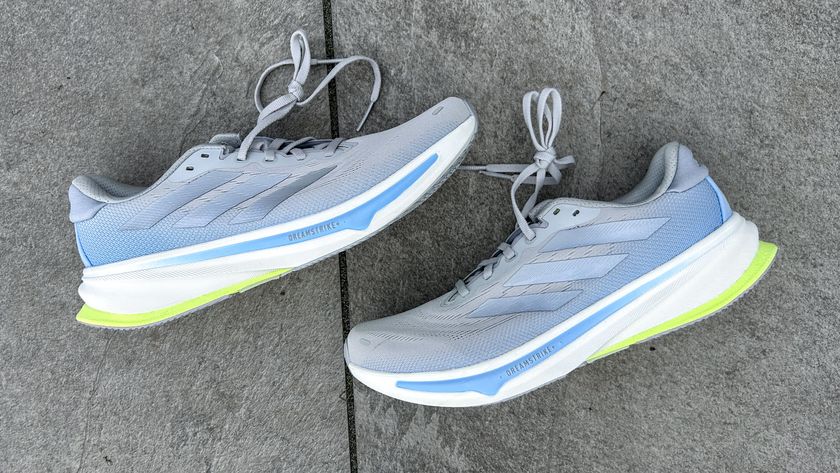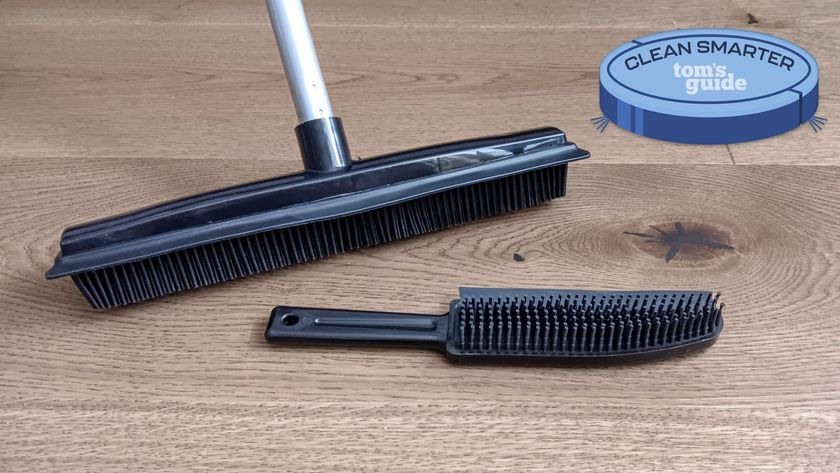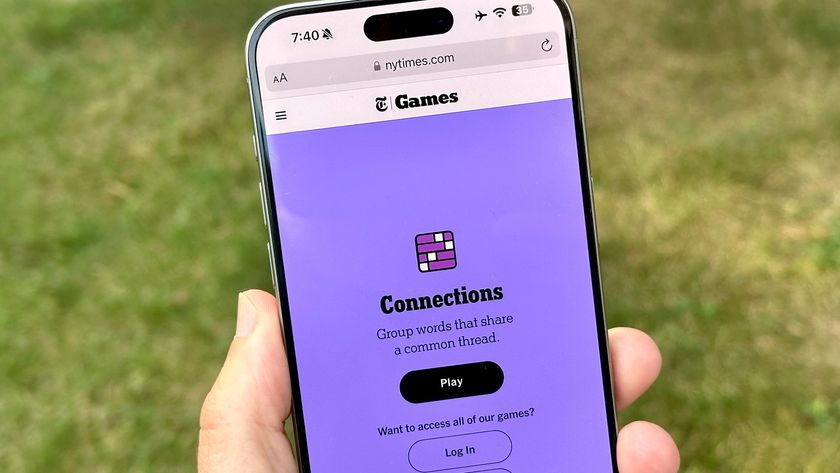Sciatica? Try these 3 doctor-approved exercises for pain relief
Here are the exercises to try

Sciatic nerve pain can cause a dull ache or a pinching sensation in your lower back, and this pain can move to your hips, buttocks, and down your legs. It’s not fun, but unfortunately, it’s pretty common, with up to 40% of the population suffering from sciatica in their lifetime.
Luckily, there are some exercises that can help alleviate the pain — and we’ve found three doctor-approved ones to try.
Let’s start by looking at where the pain is coming from. The sciatic nerve starts in your lower back, and runs down both legs. Pain can occur anywhere along the nerve, and is caused when the nerve gets pinched. Usually, you’ll only experience the pain on one side of your body, and it varies from person to person. For some, it’ll be an ache, for others, it’ll feel like a jolt or electric shock, or a tingling or numbness in a muscle. If you do think you are suffering from sciatica, it’s a good idea to check with your doctor.
If you’re looking for simple exercises to help relieve the pain, physiotherapist Dr. Jacob Van Den Meerendonk has three simple exercises to try. Read on to find out more.
3 doctor-approved exercises for sciatica pain relief
In his Instagram video, Dr. Jacob explained how he relieved a patient’s pain in one session by practicing these three simple exercises. “I’m not a miracle worker, I’m just a physical therapist, but I just wish people would come to us first,” Dr. Jacob says. Here are the three exercises he demonstrated, and how to do them:
A post shared by Dr. Jacob Van Den Meerendonk, PT, DPT (@drjacob)
A photo posted by on
Deep glute or piriformis stretch
To do this stretch, start by sitting on a chair, with your feet flat on the ground. Cross the leg in which you feel the sciatica pain over the other, so your ankle is resting on the thigh of the opposite leg. Pull the affected leg’s knee up to the opposite shoulder, twisting your torso for a deep stretch. You should feel the stretch in your glute.
Sciatic nerve floss
To do this, stay sitting on the chair, with your feet flat on the floor. Slightly round the back by bringing your chin down to your chest. Raise the affected leg up as high as you can go — you should feel the stretch down your back, keep your toe pointed and your chin down to your chest. Then raise your toes to the ceiling, at the same time, lift your eye gaze and chin up to the ceiling.
Sign up to get the BEST of Tom's Guide direct to your inbox.
Get instant access to breaking news, the hottest reviews, great deals and helpful tips.
Keep switching between your toes pointing, and chin to your chest, and foot flexed, toes and chin to the ceiling. Dr. Jacob has also demonstrated another form of sciatic nerve flossing in this video here.
Lumbar extension
For the third and final exercise, start in a high plank position on the chair, with your feet flat on the seat of the chair and your legs outstretched away from your body. Arch your back and push your torso forwards, raising your chin up to the ceiling. “You can also do this stretch against the wall,” Dr Jacob advises.
If you suffer from sciatica, exercising could improve your symptoms, here’s another exercise Dr. Jacob recommends for sciatica. That said, there are some exercises that can worsen pain, so it’s key to know where to draw the line before you hit the ground running — here are the exercises you should avoid if you suffer from sciatic nerve pain.
More from Tom's Guide

Jane McGuire is Tom's Guide's Fitness editor, which means she looks after everything fitness related - from running gear to yoga mats. An avid runner, Jane has tested and reviewed fitness products for the past five years, so knows what to look for when finding a good running watch or a pair of shorts with pockets big enough for your smartphone. When she's not pounding the pavements, you'll find Jane striding round the Surrey Hills, taking far too many photos of her puppy.












